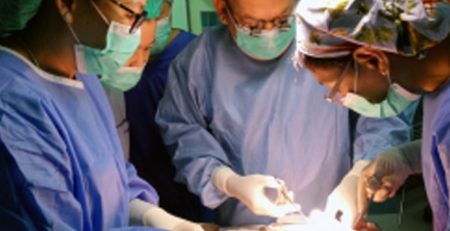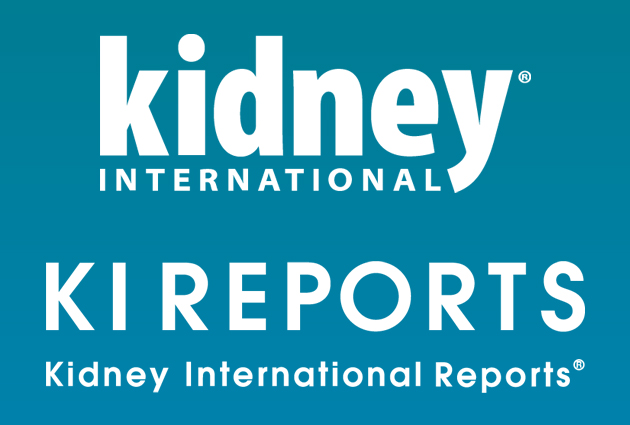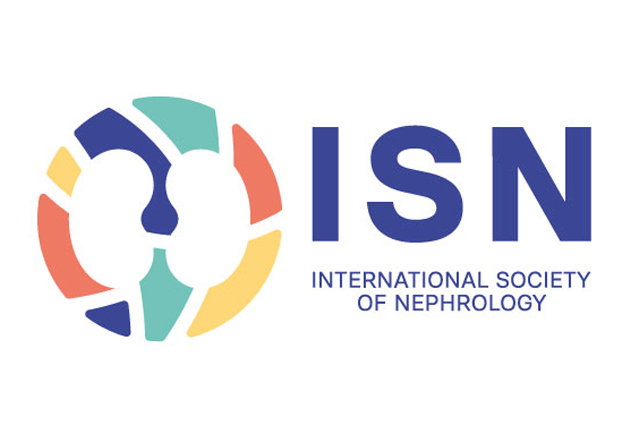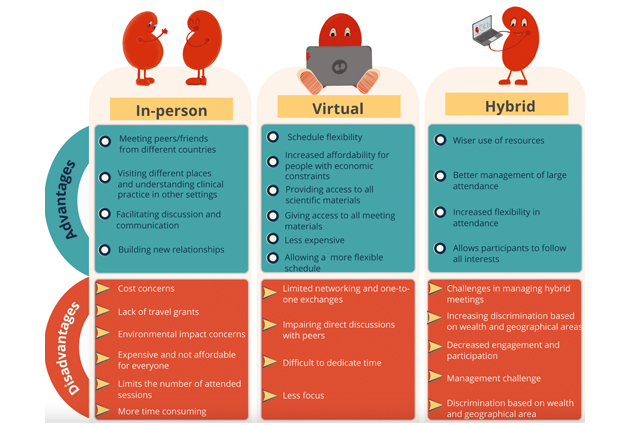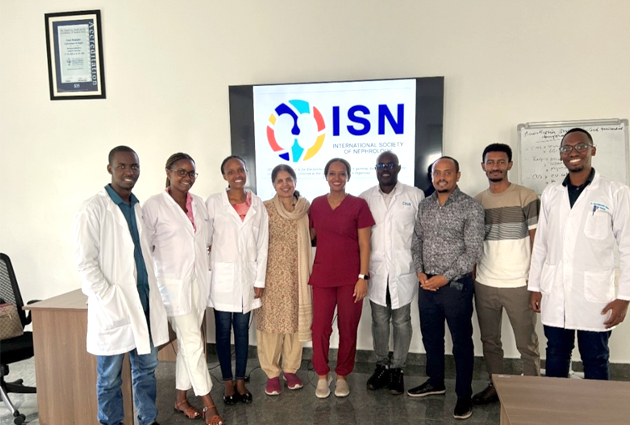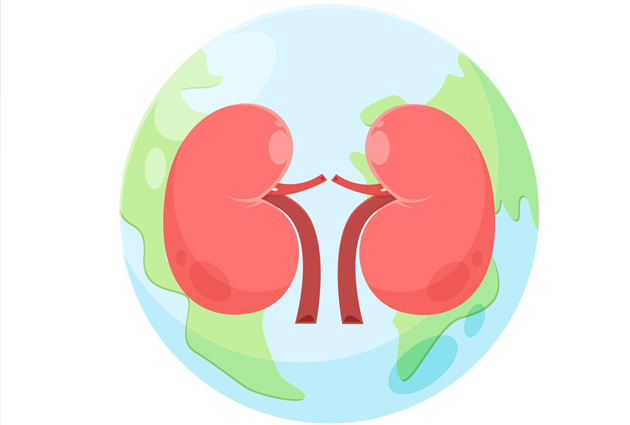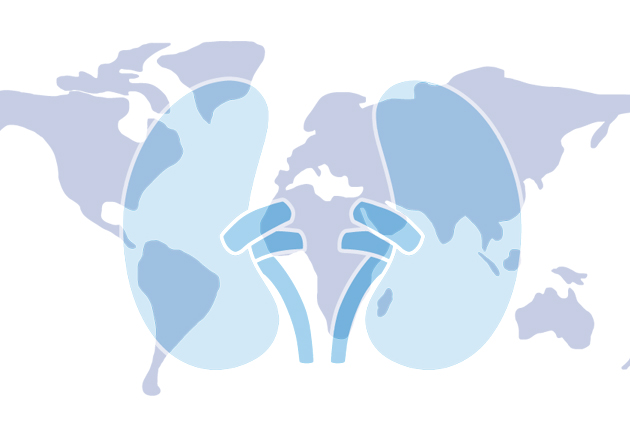New tool for the diagnosis of Acute Kidney Injury (AKI) in Malawi: update on ISN funded research
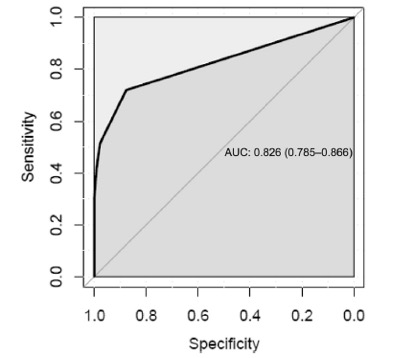 Our own epidemiological research, and that of others in Sub-Sahara Africa (SSA), demonstrates that the majority of Acute Kidney Injury (AKI) seen at tertiary centers is severe (i.e. Stage 3 AKI).
Our own epidemiological research, and that of others in Sub-Sahara Africa (SSA), demonstrates that the majority of Acute Kidney Injury (AKI) seen at tertiary centers is severe (i.e. Stage 3 AKI).
This suggests there is often a delay in AKI diagnosis after disease onset. Access to laboratory estimates of renal function (i.e serum urea or creatinine) are not available outside central hospitals in Malawi and, even in these tertiary settings, where we offer renal replacement therapy, there are times when reagents for serum creatinine run out! These unfortunate circumstances are reflected across much of SSA.
Large numbers of patients present with conditions which pose high risk for AKI (e.g. infective illness such as malaria) to district settings across Malawi, where renal impairment can only be diagnosed based on symptoms or oliguria, which are only seen in advanced kidney disease. We are, as nephrologists in SSA, therefore in the frustrating position of often not having access to a test which is fundamental to our specialty.
In response to the above we have, in Malawi, formed a collaboration with colleagues from Brazil and America, to investigate the use of a new diagnostic tool, which uses salivary urea as an indicator of renal impairment. This salivary dipstick is simple, relatively affordable (approx. $1/stick), requires no electricity, and can be used in the remotest of settings.
The first study of its use in diagnosing kidney disease in Africa, funded by the ISN, has recently been published in KI Reports, and we are currently investigating its use in even more remote settings as part of the 0by25 feasibility study. Diagnosing AKI remains, in my mind, one the greatest challenges facing nephrology in SSA and other low- and middle-income settings worldwide currently.
Read the full article in KI Reports HERE.

